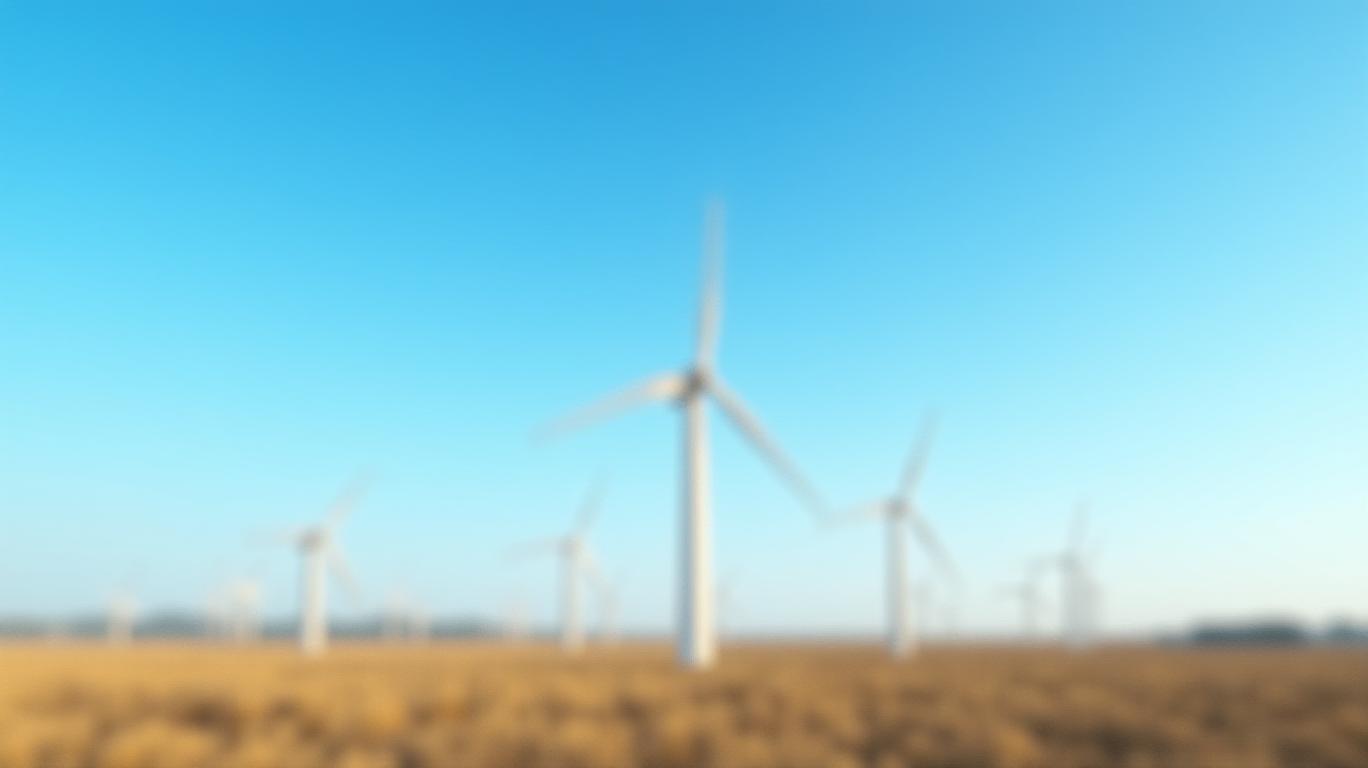Polaris Renewable Energy: Navigating Headwinds in a Green Transition
Polaris Renewable Energy Inc. (TSX: PIF) reported a net loss of $0.47 per share (GAAP) for Q1 2025, alongside $20.28 million in revenue, marking a notable divergence from its Q1 2024 earnings of $0.21 per share. While the quarterly results reflect short-term pressures, the company’s long-term trajectory remains anchored in strategic acquisitions, debt reduction, and operational growth across its renewable energy portfolio. Here’s what investors need to know.
Key Takeaways
- One-Time Costs Drove the Loss: The net loss stemmed primarily from financing expenses tied to its December 2024 Green Bond issuance and debt restructuring.
- Stable Revenue Growth: Revenue remained steady year-over-year, underscoring demand resilience in renewable energy markets.
- Strategic Acquisitions: The March 2025 acquisition of Puerto Rico’s Punta Lima Wind Farm signals expansion into new markets.
- Strong Balance Sheet: Cash reserves hit $91.6 million as of March 2025, with reduced debt levels post-refinancing.
The Financials: A Dip, But Not a Decline
Polaris’ Q1 2025 results were overshadowed by $10.4 million in one-time financing costs, which skewed the net loss. Excluding these charges, the company’s operational performance remained robust:
- Revenue: Flat at $20.28 million compared to Q1 2024’s $20.6 million, reflecting stable energy sales across its portfolio.
- Adjusted EBITDA: $15.0 million, a slight dip from $15.7 million in Q1 2024, but still healthy given rising operational costs.
- Cash Flow: $11.8 million from operations, up 36% year-over-year, signaling improved liquidity.
Ask Aime: "Understanding Polaris Renewable Energy's Q1 2025 Financials Despite Challenges"
Operational Strengths: Diversification Pays Off
Polaris’ global footprint—spanning geothermal in Nicaragua, hydro in Ecuador, and solar in the Dominican Republic—buffers against regional volatility. Key highlights:
- Dominican Republic: The Canoa 1 solar plant’s 11% output increase (post-panel upgrades) offset curtailment challenges.
- Ecuador: The HSJM hydro plant surged by 18% in Q1 2025 due to favorable rainfall, highlighting the benefits of water storage systems.
- New Markets: The Punta Lima Wind Farm (26 MW), acquired in March 2025, adds a long-term PPA at $149/MWh, with pricing stability through 2044.

Strategic Moves: Debt Reduction and Growth
Polaris has prioritized financial discipline:
- Debt Restructuring: Settling $120 million in credit facilities via proceeds from its $175 million Green Bond issuance reduced total debt to $219 million, down from $328 million in late 2024.
- Capital Allocation: The Green Bond proceeds also fund the Punta Lima acquisition, which expands its wind capacity while diversifying revenue streams.
- Dividend Sustainability: Despite the loss, polaris maintained its $0.15 quarterly dividend, supported by a $44.7 million cash position at year-end 2024.
Risks and Challenges
- Weather Dependency: Hydroelectric and solar output remains tied to seasonal factors, as seen in Panama’s Q4 2024 solar underperformance due to low irradiation.
- Geothermal Volatility: Nicaragua’s steamfield management requires careful balancing to avoid long-term decline rates.
- Market Competition: Rising renewable energy investments globally could pressure PPA pricing in saturated markets.
Conclusion: A Temporary Setback in a Green Play
Polaris Renewable Energy’s Q1 2025 loss was largely a function of one-time costs, not operational weakness. With a diversified asset base, disciplined debt management, and strategic acquisitions like Punta Lima, the company is positioned to capitalize on growing demand for renewable energy. Key positives:
- Cash Reserves: $91.6 million provides a buffer for future projects.
- PPA Stability: Long-term contracts (e.g., Punta Lima’s 20-year PPA) lock in predictable revenue.
- Growth Pipeline: The Punta Lima acquisition and planned solar repowering projects (e.g., Canoa 1’s 15% output boost) suggest upside in coming quarters.
While the stock may face near-term volatility, investors focused on Polaris’ long-term growth in renewables—and its ability to convert operational stability into earnings—should view the Q1 loss as a temporary hurdle. With $55.0 million in 2024 Adjusted EBITDA and a dividend that remains intact, Polaris appears well-equipped to navigate the transition to cleaner energy.
Final verdict: Hold for the long game, as the fundamentals align with sustainable growth in a critical industry.


_c903a0241747419104650.jpg)






